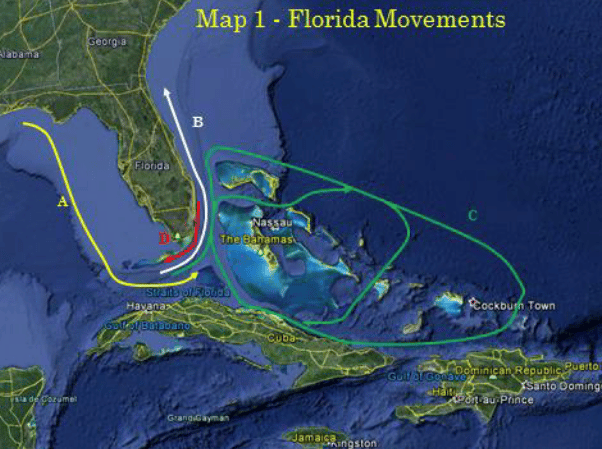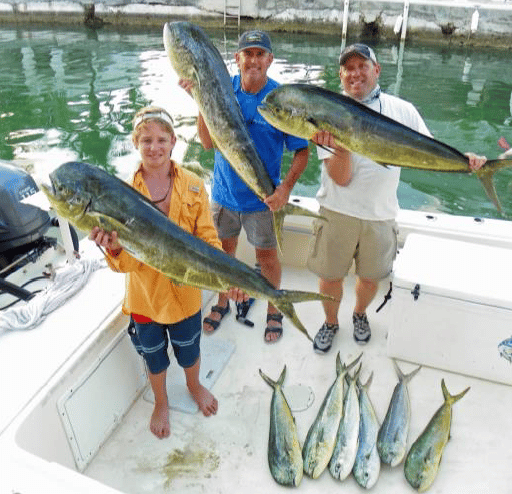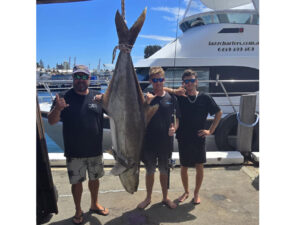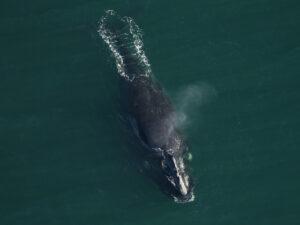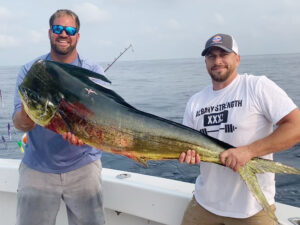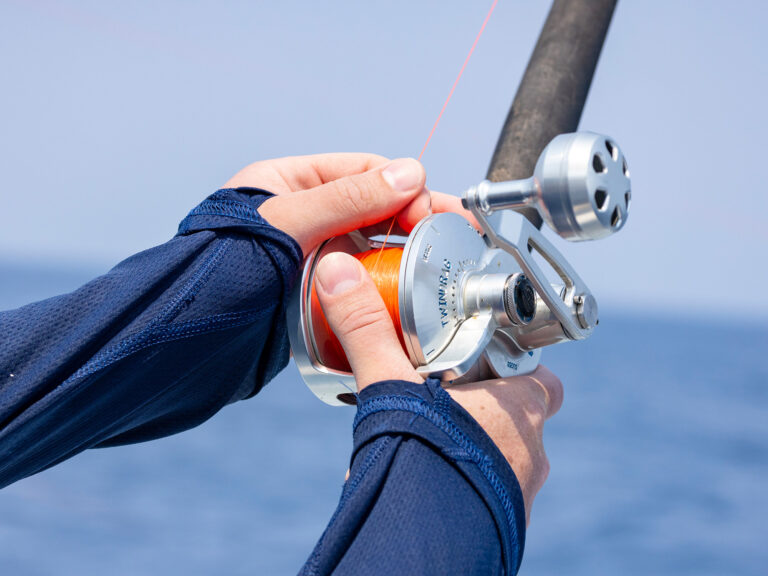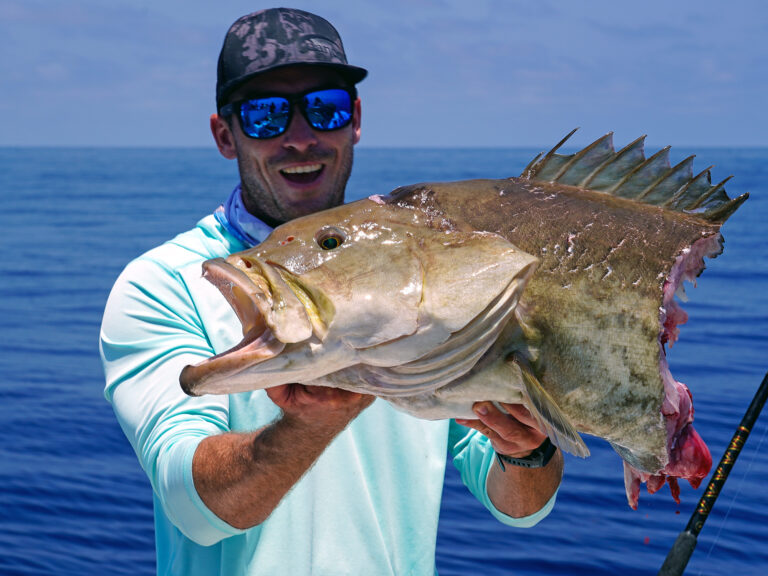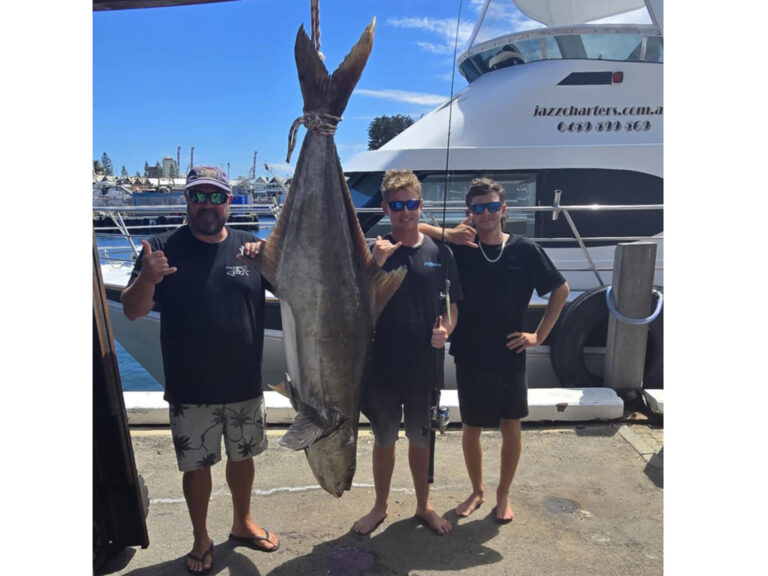The** Dolphinfish Research Program** announced that dolphin tagging significantly increased during the months of June and July. The program’s goals are to establish the temporal and spatial occurrence, movement patterns and essential habitat of the common dolphinfish in the United States territorial waters, Gulf of Mexico, Western North Atlantic and Caribbean Sea. It is also intended to foster more research into the biology and behavior of dolphinfish.
Don Hammond, the director of the Dolphinfish Research Program, says that, “Anglers tagged more than 800 dolphin during the month of June. A total of 28 boats have tagged ten or more fish in 2014 with the top boat, Don Gates’ Killin Time II, tagging 249 fish. So far in 2014, 80 boats have tagged dolphin for this study. Anglers reported recovering 22 tagged fish during the month of June. This month typically has the highest number of tag recoveries, with the record being 36 in 2007.”
Hammond says that the fishing of 8- to 20-pound dolphin slowed down off, “most of the South Atlantic Bight, fishing off the Mid-Atlantic Bight has been good.”
The increase is due to the tagging of more than 800 dolphin during June by recreational anglers, with the vast majority released off south Florida and the Keys.
“This placed an extraordinary number of tagged dolphin at the migratory starting point of their route up the U.S. East Coast, which exposed them to the fishermen and greatest potential for recovery that they would face during their migration route,” Hammond says.
The 13 recoveries of dolphin tagged off south Florida and the Keys showed the widest variation in traveling speeds.
“Their rates of travel ranged from four miles per day up to 104 miles per day and averaged 40.3. This group of fish was the fastest travelers during this period. They clearly felt the need to be farther north,” Hammond says. “The second-fastest travel rates belong to the two fish tagged off south Florida and the Keys that escaped Florida only to end their travels in Georgia and South Carolina. These fish averaged 25.4 miles per day. Comparison of the travel speeds of the fish tagged off South Carolina (10.1 miles per day) and North Carolina (12.9 miles per day) showed them to be starkly slower than the rates observed for Florida fish.”
In addition to the increase, new tracking maps have been produced. With such high traffic of tagging in certain regions, the research program created a set of five maps that depict the various movement patterns.
